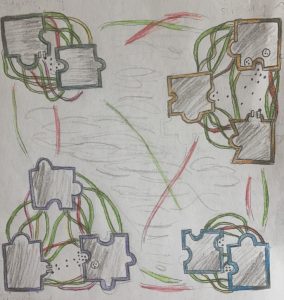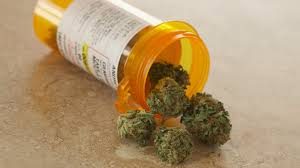How many times have you heard someone complain when a country song comes on the radio, but will end up tapping their foot or humming along at some point during the song? Whether you are listening to your most played Spotify song of the year or passing by some street band at a subway station, your brain is responding in incredible ways.
The reason we like a certain genre derives from the personality characteristics and social groups we associate with the genre. For example, we may associate “heavy metal” with burly motorcycle guys covered with tattoos or we may see that same group when thinking about “country” music. It all comes down to our psychological perceptions. We choose to express certain characteristics of ourselves through the music we listen to. Even if you don’t actively listen to classical or show-tunes, if you perform it, it becomes part of who you are. Music may also bind us to a certain culture that makes up our identity. Lastly, music is very strongly linked to memories and may cause an emotional response or a sense of nostalgia.
Music can have a significant benefit to our brains, no matter the genre. Overall music carries the ability to trigger short-term feelings of anxiety and stress. Music helps to reduce the HPA axis activation for cortisol and beta-endorphin. Beyond that, simple music properties can affect neurotransmission associated with cardiovascular health, respiratory control, motor functioning, and potentially cognitive functioning. Some studies have even begun to show that music provided to healthy post-surgery patients helped decrease the need for pain medications.
However, these are heavily individualistic results, but what happens when we listen or perform music as a group? Calming music and performing music has been observed to increase oxytocin levels and immunoglobin A levels in males and females. One form of music performance, group drumming, has shown to increase the 5-DHA-to-cortisol ratio which has shown to enhance immune functioning and cell response buffering. This form of performance also showed to increase total number of lymphocytes, counteract age-related immune functioning declines, and increase NK cell activity.
Now after seeing music’s overall effect on the brain, how do different genres affect us? Pop, rap, country, and reggae are all genres that typically have repetitive beats and catchy tunes. This is meant to get our dopamine pumping and get us up singing and dancing. This can help explain why even if you outwardly hate a song, you are still tapping your foot to the beat. Certain slow-paced songs, typically 60-100 beats/min, can activate the amygdala to evoke emotion in response to the song. Though this emotion is not the same as the memory-associated emotion produced.
Metal is considered to be a relatively aggressive genre. Though these tempo and lyrics are aggressive in nature, they are actually known to make listeners calmer and comb out stressful and depressive thoughts. Though this may be not due to any neurochemical effect from dopamine, but rather an end result of getting your blood-pumping. Getting your blood-pumping, whether it be from exercise or metal music, can help drown out thoughts and provide a safe outlet for emotion.
Classical music has been heavily regarded in mainstream media as the perfect study music. This is relatively true. Classical music tends to lack repetition that helps to keep you attentive while still getting the dopamine rush to induce pleasure and calmness. The complexity and variety of notes used in classical pieces may also activate more areas of the brain than other genres, which may in turn help with focus in studying.
Lastly, jazz is a different type of genre. This genre is heavily improvised and provides a “call-and-response”. This allows musicians to communicate with one another through their beats. This “conversation” allows activation of the language syntax part of the brain. For the listener, the “talking” of jazz music allows for hyperactive neural stimulation which permits the listener to interpret the beats in their own way.
In conclusion, music interpretation is heavily individualistic and how one interprets a genre is going to be different from the next person. So if you listen to classical music while studying and your friend listens to low-fi rap, may I suggest headphones so you may both succeed.






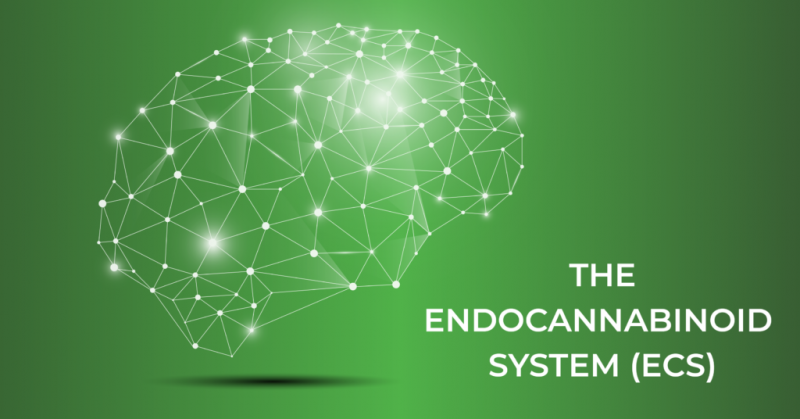
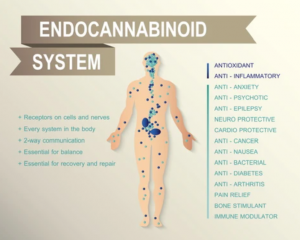
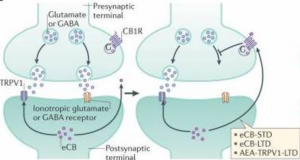
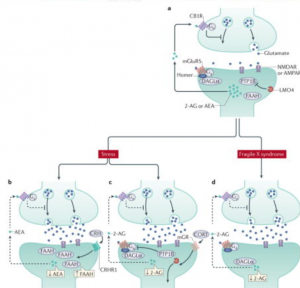
 Legalizing marijuana has been a pressing debate throughout the past decade. Our generation has been able to be front and center on this hot topic. Slowly, we are witnessing states legalize it both medically and recreationally. The legalization allows for many benefits along with consequences. In a recent class discussion, we were able to discuss the endocannabinoid system (ECS) and the possibility of using marijuana-based products to activate this system. Activation of ECS is useful because the system
Legalizing marijuana has been a pressing debate throughout the past decade. Our generation has been able to be front and center on this hot topic. Slowly, we are witnessing states legalize it both medically and recreationally. The legalization allows for many benefits along with consequences. In a recent class discussion, we were able to discuss the endocannabinoid system (ECS) and the possibility of using marijuana-based products to activate this system. Activation of ECS is useful because the system 
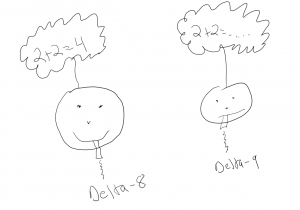
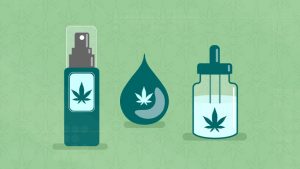
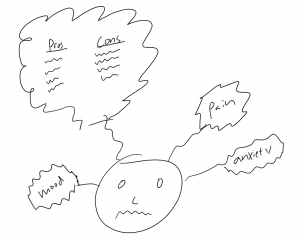


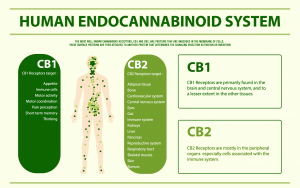
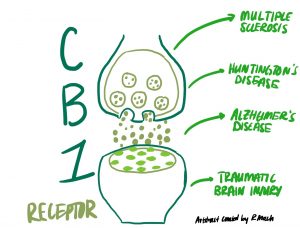 We’ve looked more deeply into how the endocannabinoid system works in our body, but it’s also important to highlight the
We’ve looked more deeply into how the endocannabinoid system works in our body, but it’s also important to highlight the 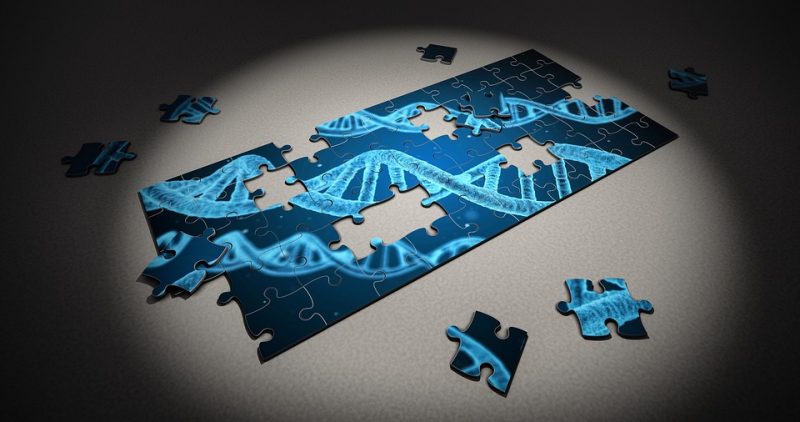
 explored to further depth
explored to further depth 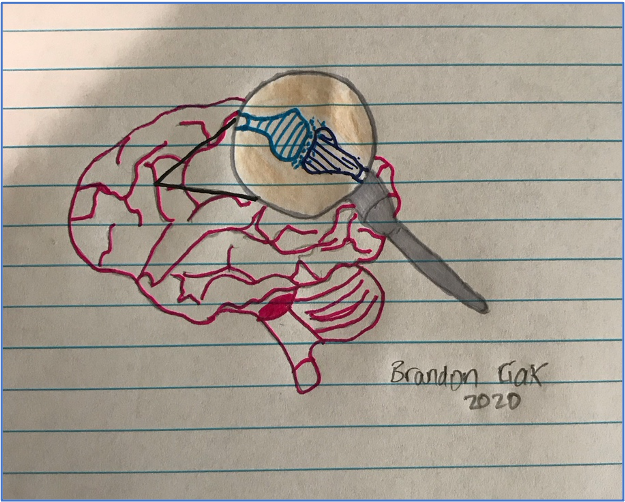 that are influenced by the eCBs, with just a few listed below:
that are influenced by the eCBs, with just a few listed below: genetically or pharmacologically. The
genetically or pharmacologically. The 